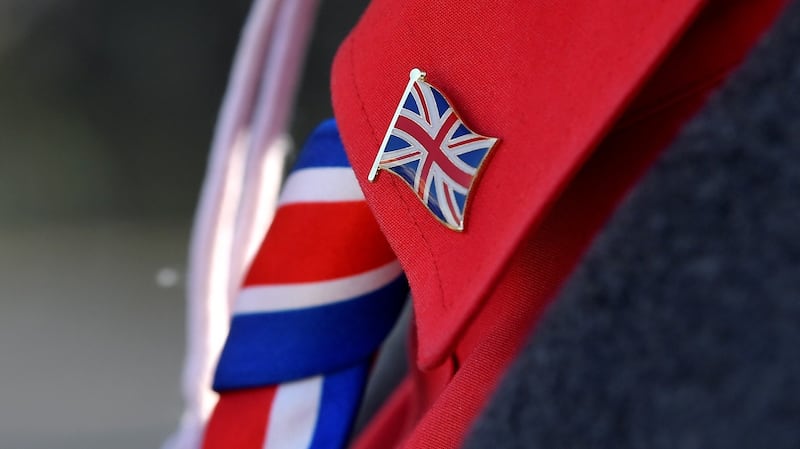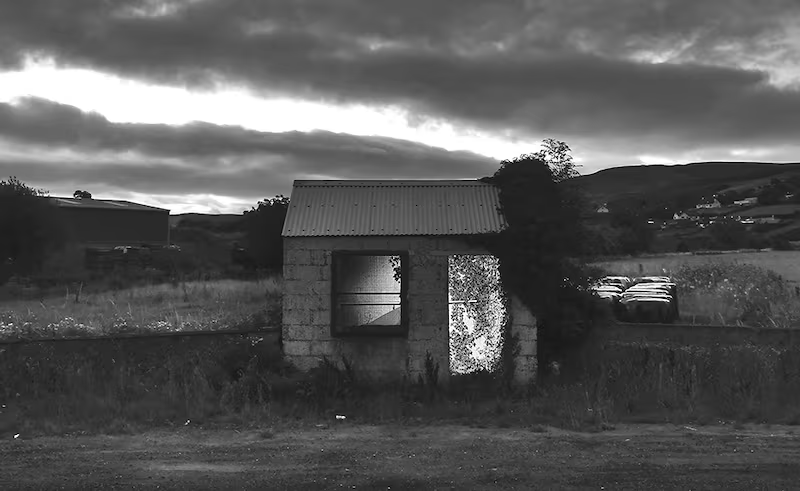The House of Commons voted on Monday night on a range of options for Brexit in what are called indicative votes – an attempt to try to find a way forward. All options were rejected.
Time is getting really short now, with the EU having set April 12th as a deadline for the UK to bring forward new proposals and realistically progress is essential ahead of an emergency summit due on April 10th. It is not clear not what happens next, with Theresa May due to have a lengthy cabinet meeting on Tuesday.
The House of Commons speaker decided that the Commons will vote on four proposals: one involving a customs union with the EU in future; one involving a customs union and membership of the single market; one calling for a public vote on the way forward; and one allowing MPs to vote to revoke Article 50 if this was needed to avoid a no-deal exit.


The customs union proposal came the closest, losing by 276 votes to 273.
Here are the key points for Ireland:
1. The essential issue for Ireland is to avoid a no-deal Brexit, which could happen as early as April 12th, throwing up huge economic threats for us and an immediate issue in relation to the Irish Border. In last week's series of votes, there was no majority for any of the eight options put before MPs. So it would have been positive if tonight's vote showed MP's were starting to settle on one way forward. The fact that they were not able to do so means a no-deal exit remains a risk, even though MPs earlier voted against this. It is still what happens if no other way forward is found. No-deal planning will be one issue which Taoiseach Leo Varadkar will discuss with French president Emmanuel Macron on Tuesday and German chancellor Angela Merkel on Thursday.
2. The options which came closest to acceptance was for the UK to be a member of a customs union with the EU in the long term. It is not clear whether it may be put to a future vote later this week.A customs union involves mutual agreement by both sides not to impose tariffs, or import taxes on products coming from the other party. If MPs had supported this route – and then voted through the withdrawal agreement as well, then some on the EU side have suggested the UK could still have left by May 22nd, with some changes agreed to the political declaration in the meantime.
On Monday afternoon, the Labour Party announced that one of the proposals it would support is the so-called Common Market 2.0, in which the UK would remain in a customs unions with the EU and also, via EFTA membership, in the single market. ( This is similar to what used to be called the Norway plus option). This option was also defeated. It lost by 21 votes. A call for a second referendum attracted 280 votes, but 292 voted against.
3. For Ireland, in the short term the key issue is to avoid a crash-out no-deal Brexit. We need some plan to emerge from UK politics which allows for a managed exit –including the standstill transition period – or a long extension to avoid the immediate imposition of checks and tariffs at borders. The Taoiseach has indicated Irish support for a long extension, if the UK comes forward with an argument for granting it. The votes on Monday night found no new way forward, however, so it is not clear what the UK might propose if it was looking for a longer extension.
For the longer term, the closer the trading links between the EU and the UK the better. UK membership of a customs union with the EU would help Irish companies trading with the UK as they would not face tariffs , customs checks would be more straightforward and complex rules of origin checks would not be needed.
However Irish/UK trade could still face border delays due to regulatory and other checks. Crucially, customs union membership would not, on its own,solve the Irish Border problem, as border checks would still be needed, particularly in areas like animal, food and product safety. To eliminate the need for Border checks completely, the North would need to remain aligned with the EU single market rules, as well as its customs regime.
4.. May has hinted that she might put the withdrawal agreement to a vote for the fourth time. Were MPs to pass it at the fourth time of asking ,then the UK would leave with a deal on May 22nd. As the UK would then enter a standstill transition period lasting until at least the end of 2020, and the backstop would be in place, this would be a good outcome for Ireland. However if parliament refuses to pass the withdrawal agreement and no other way forward can be agreed, we are back in a standstill.
5. Remember that the EU leaders have to sign up to any extension of Article 50. If a general election was called in the UK, then the EU leaders would be likely to agree to give time for it to happen. The same is likely for a second referendum, providing the question was clear. EU leaders would fear the outcome of either an election or a vote, but would find it hard to say no. The final option for the UK is to revoke Article 50, which it can do unilaterally.
6.. When will the UK leave? If the UK parliament can't agree any way forward, the issue will go to an EU summit on April 10th. This could lead to a no-deal exit on April 12th, or at a later date agreed by EU leaders and the UK. However any delay in a no-deal Brexit would likely only be for a few weeks.
- If the House of Commons approves the withdrawal agreement as it now stands, the UK is due to leave on May 22nd. This could also happen if the deal is amended in a way which can be quickly signed off in the political declaration – like customs union membership.
- If the UK asks for a longer extension on Article 50 – for an election, a referendum or some clear process on what it plans to do – then it is up to the EU leaders. There are suggestions the EU would push the date to the end of the year or beyond. However, many EU leaders want the UK out as soon as possible.The leaders have made clear that they will not grant more time unless given a clear reason to do so.
- If the UK revokes Article 50, then its delay is postponed indefinitely.









